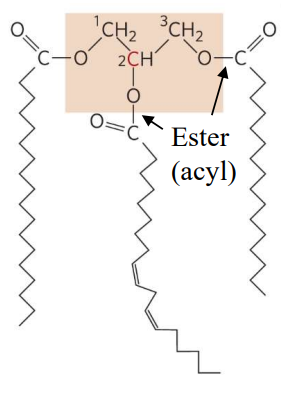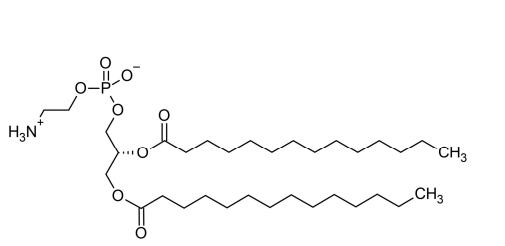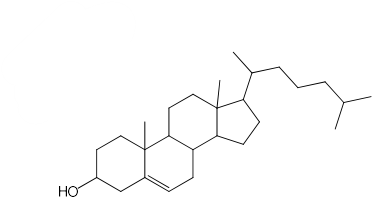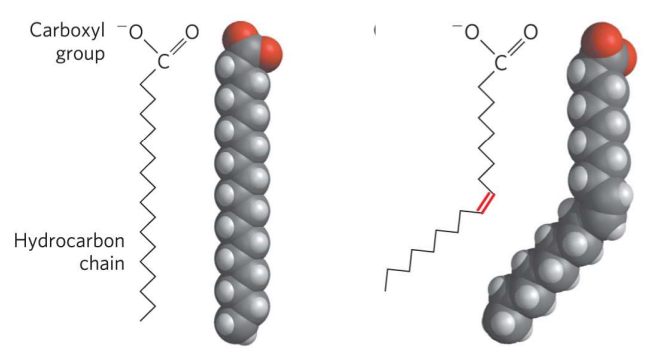Lipids
1/10
There's no tags or description
Looks like no tags are added yet.
Name | Mastery | Learn | Test | Matching | Spaced |
|---|
No study sessions yet.
11 Terms
Triacylglycerols
Used for fat storage. Made up of glycerol and three fatty acids attached through esters. Almost totally nonpolar. Can undergo saponification which breaks them into fatty acids and glycerol

Membrane Lipids
Glycerophospholipids and Sphingolipids. Amphipathic (polar head and two nonpolar tails)
Glycerophospholipid
Two fatty acids, Glycerol and PO4

Sphingolipids
Two nonpolar tails (1 Sphingosine and 1 fatty acid)

Eicosanoids
Involved in signaling. Acts very locally because it’s nonpolar (can’t enter the bloodstream). Acts in very low concentrations
Waxes
Nonpolar esters of long chain fatty acids. Very water insoluble and high melting.
Isoprenoids
All made up of Isoprene unites. Vitamins, Smells/Taste, and Cholesterol (Bile Acids and Steroids)
Cholesterol
Used in membranes. Precursor to bile acids and steroids. Mostly nonpolar (not soluble in blood)

Fatty Acids
Long Carbon Chain with carboxylic acid at the end. Amphipathic (negatively charged head and nonpolar tail). Can be saturated or nonsaturated.

Bile Acids
Made from cholesterol. Emulsify fats in intestines (amphipathic. Synthesized in the liver and stored in the gull bladder.
Steroids
Made from cholesterol. Common examples include estrogen, testosterone, progesterone, cortisone, prednisone.